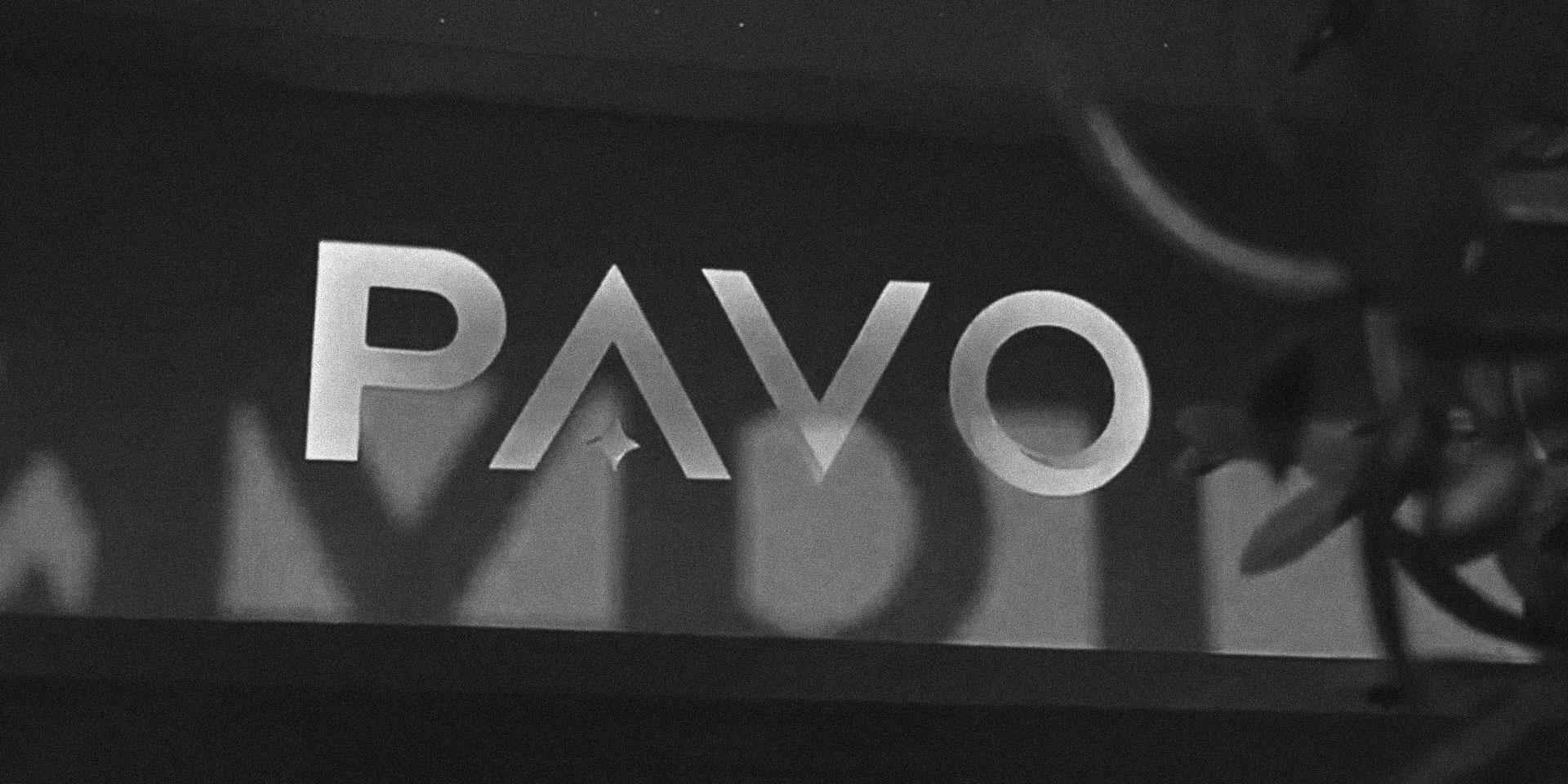Discover How to Create a Powerful Brand Identity
What is Branding & Logo?
Branding and logo are two of the most important aspects of any business. Branding is the process of creating a unique identity for your business, while logo is a visual representation that helps to communicate your brand’s message. It is essential for businesses to create a strong brand identity that resonates with their target audience and stands out from their competitors. A well-designed logo can be an effective way to do this, as it will help customers to recognize and remember your company.
In today’s highly competitive business world, branding has become more critical than ever before. A strong brand helps to build trust and loyalty with customers, increase brand recognition and awareness, and ultimately, drive sales and revenue. In this blog post, we will explore the importance of branding in detail.
How to Identify Your Target Audience & Define Your Unique Selling Proposition
Identifying your target audience and defining your unique selling proposition is an integral part of any successful business. It’s important to understand who you are trying to reach, what they need, and how you can provide the best solution. Knowing this will help you craft a message that resonates with your potential customers and sets you apart from the competition.
Identifying your target audience If you’re a business looking to market to a specific group of people, the first step is identifying your target audience. Understanding who your target audience is will help you understand what it could be looking for and what makes them unique. Once you have an understanding of who they are, imagine how they like to shop. What trends do they follow? What types of information sources do they consume on a regular basis? How often do they use social media or online shopping platforms? The more specific you can be with these questions, the better chance you have of connecting with them
STEP 01 : Define Your Brand
The first step in creating a powerful brand identity is to define your brand’s mission, values, and personality. This involves understanding your target audience, their needs, and preferences, and creating a brand that resonates with them. Your brand’s values and personality should be reflected in all aspects of your brand, from your logo to your messaging and marketing materials.
STEP 02 : Conduct Research
Conducting research on your target audience and competitors is crucial in creating a powerful brand identity. This involves analyzing your competitors’ branding strategies and identifying gaps in the market that your brand can fill. You can also conduct customer surveys and market research to understand your target audience’s needs and preferences.
STEP 03 | Design Your Logo
Your logo is the centerpiece of your brand identity and should be designed to reflect your brand’s personality and values. Your logo should be memorable, easily recognizable, and scalable. It should also be versatile and work across different media, including print, digital, and social media.
STEP 04 |Choose Your Colors
Colors play a crucial role in creating a powerful brand identity. Different colors evoke different emotions and associations, and your brand’s color palette should reflect your brand’s personality and values. It’s essential to choose a color palette that works well with your logo and is consistent across all touchpoints.
STEP 05 | Create Your Brand Messaging
Your brand messaging should be clear, concise, and consistent across all touchpoints. It should reflect your brand’s values and personality and resonate with your target audience. Your messaging should also be aligned with your marketing goals and objectives.
STEP 06 | Develop Your Visual Style
Your visual style should reflect your brand’s personality and values and be consistent across all touchpoints. This includes typography, imagery, and other visual elements that create a unique brand aesthetic.
In conclusion, creating a powerful brand identity requires careful consideration and planning. It involves defining your brand’s mission, values, and personality, conducting research, designing your logo, choosing your colors, creating your brand messaging, and developing your visual style. By following these key steps, you can create a brand identity that resonates with your target audience, differentiates from competitors, and fosters customer loyalty.
Categories
About
Our blog page is a treasure trove of insightful articles covering the latest trends and developments in the world of design, creative content development, and business. Our team of experienced writers and content developers is passionate about sharing their knowledge and expertise with our readers, providing them with valuable insights and actionable tips to help them succeed in their respective fields.

